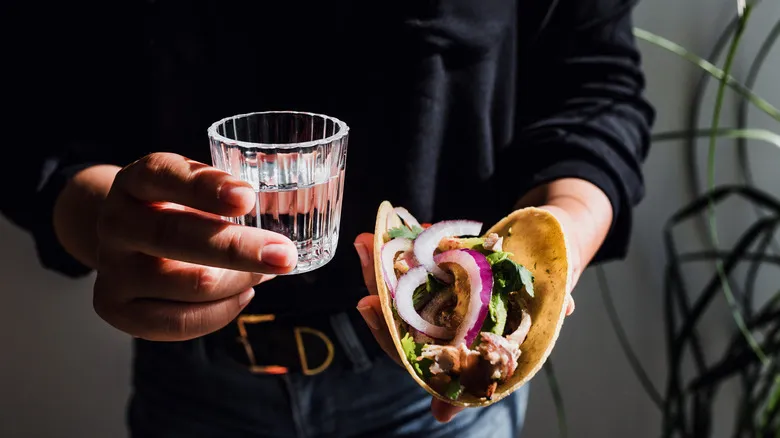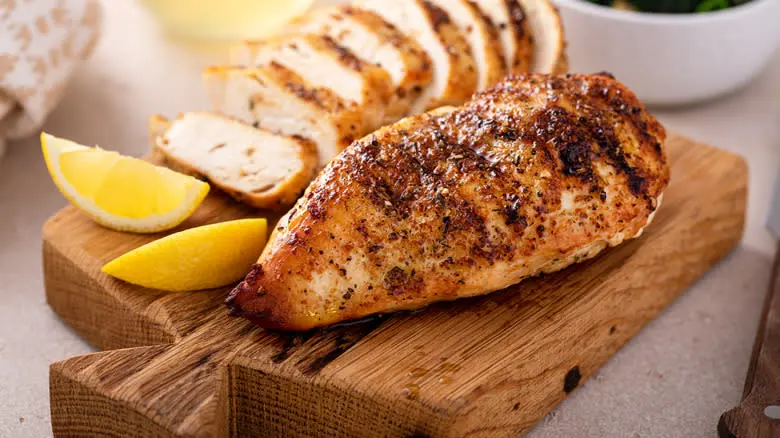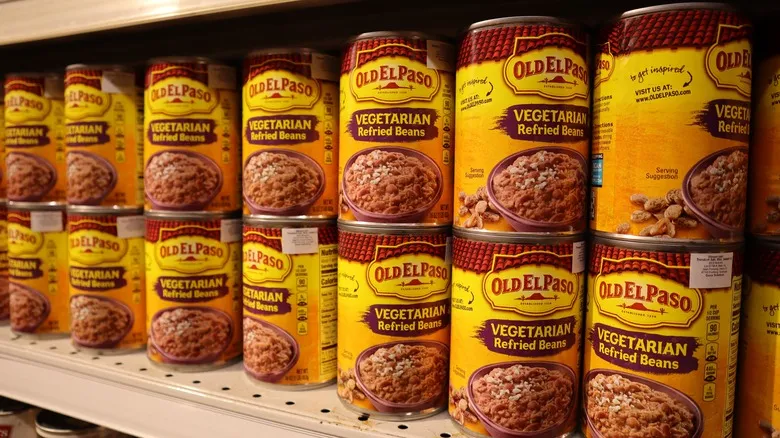Employ blanco tequila for a dash of bright flavor

The type of tequila you choose for your dish significantly influences its flavor. Therefore, before diving into your culinary creation, it's essential to pick the right bottle. With the unaged blanco variety, the focus is on highlighting the lively vegetal, citrus, and sweet notes of the agave.
A great (and more forgiving) way to start is by making a marinade. The alcohol enhances the flavor of proteins, allowing you to enjoy the juicy notes of tequila while also amplifying the other ingredients in your marinade. This combination works particularly well with lime: you can marinate everything from pork ribs to shrimp, chicken, and even salmon in this mixture.
If you truly appreciate the bright and zesty flavor of blanco, consider using it in raw dishes as well. You can elevate sweetness with agave syrup and soak fresh fruits like watermelon in the tequila. Alternatively, give a fresh salsa an extra kick with a splash of alcohol. To really wow your guests, add some tequila to your ceviche for a complex twist on the appetizer. There are countless ways to incorporate the agave-forward taste of blanco—it's like adding a unique secret ingredient.
Use aged varieties for spice and smoke
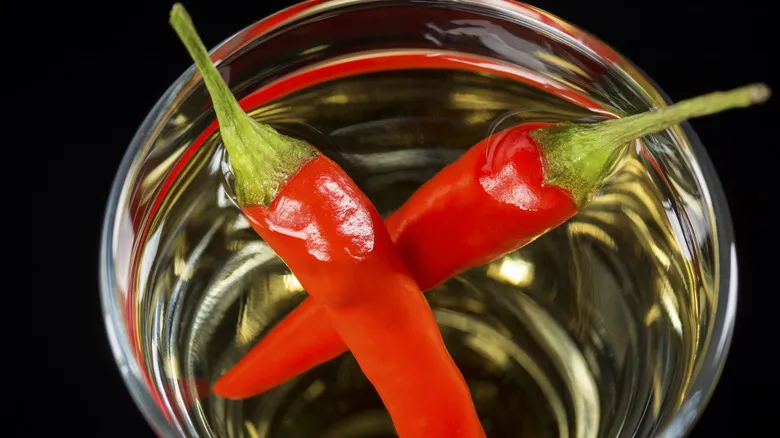
To achieve culinary qualities akin to whiskey, opt for a barrel-aged tequila variety. The reposado style strikes a harmonious balance between fresh agave and subtle barrel notes. It works wonderfully as a glaze—particularly for beef and pork—creating a rich interplay of vanilla, smoke, and sweetness. These flavor profiles also lend themselves well to pairing with chiles. Consider making a batch of tequila-infused pepper beef fajitas, or incorporate a splash of reposado into a flavorful braise.
If you seek the most refined (and least intense) tequila flavor for cooking, turn to añejo. Its smooth, nutty characteristics make it a delightful addition to desserts, complementing ingredients like chocolate in cakes and soufflés. In savory dishes, try mixing it with butter to enhance a premium cut of steak. For true tequila enthusiasts, serve a shot of the same añejo alongside to highlight its complexity.
No matter which tequila you choose, ensure it is free from additives. Excessive artificial ingredients can result in an unpleasant taste. So, select a quality tequila worth your investment and get cooking!
Recommended
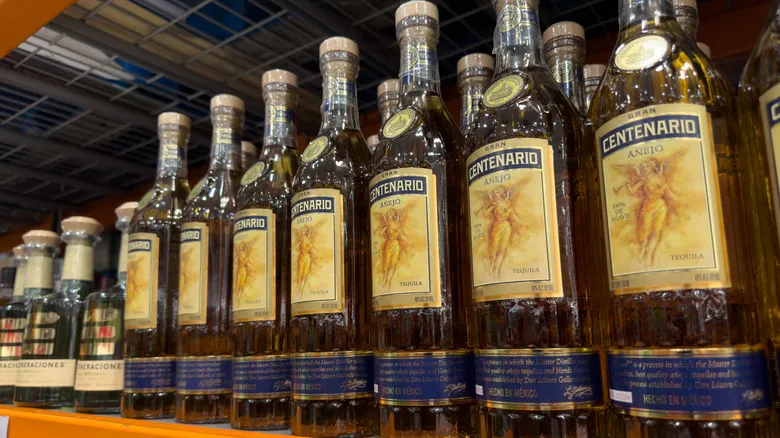
Anejo Vs Extra Anejo Tequila: What's The Distinction?
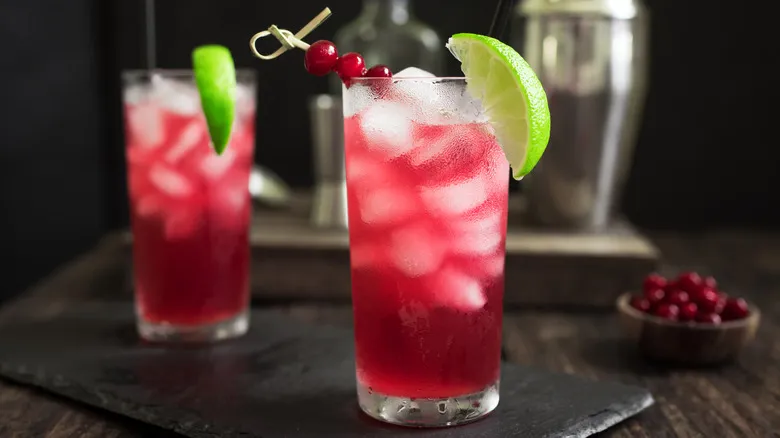
The Breakfast Condiment That Makes Vodka Cranberries Taste Even Better
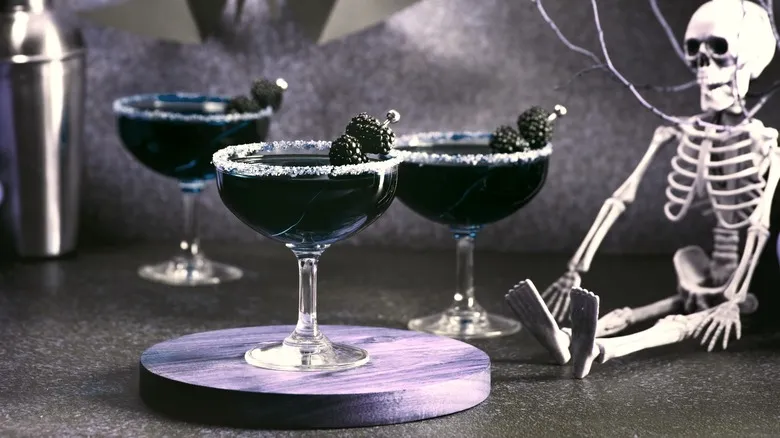
Make Your Own Black Vodka To Add A Spooky Twist To Your Cocktails
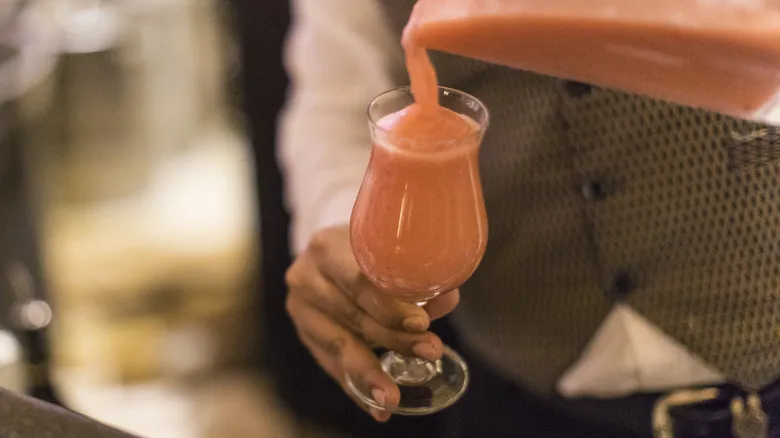
The Secret Ingredient And Technique That Yield Perfectly-Blended Frozen Cocktails
Next up

